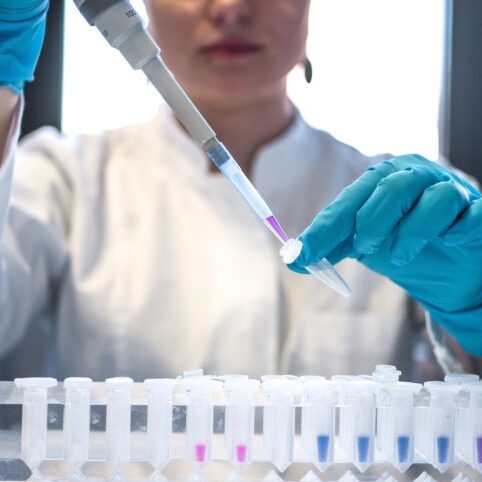Anywhere Light Goes™ Blog
A blog about optical design, build, test and more.
Product Development Strategies for Electro-Optical Systems – Fail Fast vs. Moonshot – Part I
If you work in product development you’ve heard the mantra “fail fast, fail early, fail often”, or similar. A novel goal, and great when building digital software products where iteration may take a matter of weeks or even days. However, how effective is this strategy in optical product development where custom optical components regularly exceed 12-week lead times and tens of thousands of dollars? No 3D printer exists for precision optics (yet). We might contrast fail fast with the “moonshot” approach – when you may have one chance for a successful product launch (literally). In spaceborne systems it is common to spend years on design and analysis, modeling validation, and build and test. For example, the James Webb Space Telescope...
Lens Element Pricing Benefits from Economies of Scale
Optikos buys a lot of lens elements and builds a lot of lenses. We use them in the engineering design and manufacturing work we do for clients—from prototype builds to long-run production volumes in the 10’s of thousands. Optikos production lenses. We’re a little different from other manufacturers—we don’t specialize in just infrared optics, or low-cost optics, or projection lenses, or any other specific market. We routinely purchase diamond turned plastic lenses, molded optics (glass and plastic), polished glass spheres and aspheres, doublets, triplets, cylinders, domes, IR lenses, UV optics, and so on. I’ve been tracking pricing from our quotes for a while now, and, while we won’t share all the details, I can share an overarching plot of lens...
Optical design optimization for glass equivalency to reduce supply chain burden
Lens manufacturing is dependent on the supply of optical-grade glasses, and with supply chain issues, glass selection can often make or break project timelines and cost. Experienced lens designers know the importance of glass selection and often need to consider glass availability early in the design process. Restricting the design space to specific glass manufacturers may potentially (a) inflate material costs by missing lower cost vendors, (b) increase build lead times due to availability of specific glasses, or (c) introduce avoidable stress onto your organization’s supply chain team! As an example, two visible spectrum microscope objectives were designed with a numerical aperture of 0.5 and a focal length of 5 millimeters (Figure 1). Both designs are diffraction-limited across the entire...
A Review of Optical, Non-Contact Fluid Measurements for Life Science Applications
Optikos has engaged in multiple projects related to non-contact measurement of liquids. Typically, these measurements serve as a quality control (QC) step for an automated fluid handling process. Example projects include: Characterize turbidity (cloudiness) of bacterial samples to evaluate growth rates and populations prior to antibiotic testingPerform a critical, non-contact QC inspection of MRI contrast agents in a flow cell immediately prior to patient injectionPerform QC check of concentration gradients in a centrifuge tube A variety of optical techniques are available depending on the sample characteristics and the required measurement sensitivity. A major challenge for most non-contact measurements is the influence of the sample holder (test tube, cuvette, flow cell, etc.), particularly when the sample holder is of low optical...
Coverslip tolerances are an important aspect of your life science imaging system tolerancing budget
Custom high NA scanning objective made by Optikos Corporation. High-performance microscope objectives are critical to many life science imaging applications including DNA sequencing, spatial biology, super resolution microscopy, oncology diagnostics, and many other imaging modalities. The microscope objective is usually just one component in a complex imaging system used to achieve high-resolution imaging. Designing these imaging systems often requires a holistic and complex systems engineering development process and may include sensors, optical filters, motion stages, illumination optics, microscope objectives, and other mechanical/optical components. However one of the most important and often overlooked components of microscope systems is the coverslip. In microscopic imaging, a coverglass or coverslip secures the specimen or object under investigation. A coverslip also introduces aberrations into the...






